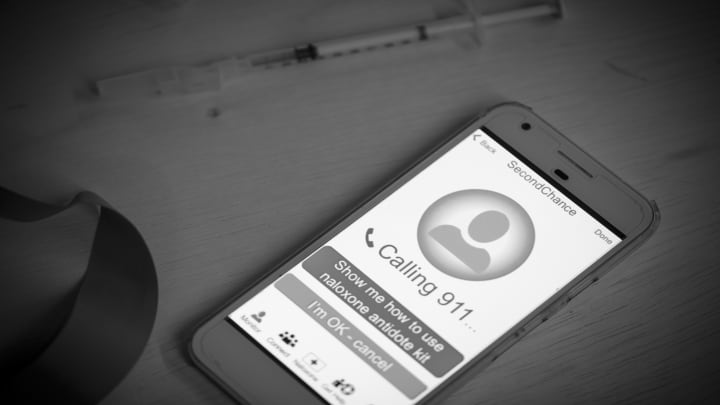Communities can encourage adoption of overdose detection technologies that enable timely medical intervention
Those with substance use disorder who consume drugs alone are especially at risk for death since there are no witnesses to respond to a possible overdose. To help minimize this risk, technologies and phone apps have been developed to provide non-intrusive, privacy-protecting overdose detection that triggers a call for immediate assistance, for example treatment with naloxone. Community stakeholders engaged in reducing overdose deaths can encourage adoption of these technologies by opioid users and by facilities where overdoses tend to occur, for example in public restrooms at medical centers and restaurants. Existing detection technologies and apps include:
- Anti-motion alarm systems for public restrooms, such as that developed by Life Saver Alert, LLC.
- Smartphone apps that monitor for a user's inactivity, such as the Canary App.
- Virtual overdose monitoring services that a user can contact and keep online during drug consumption, such as the Brave App and Never Use Alone, Inc.
- Wearable devices that both detect and in some cases reverse an opioid overdose, as described here, here, here, and here.
A 2023 literature review gives detailed descriptions of these and other overdose detection technologies and apps. An analysis of data from the Canada's National Overdose Response System found that monitoring apps have been used to successfully reverse opioid overdoses, and a survey found acceptance of a restroom overdose detection system among first responders in a medical facility. News reports on the restroom anti-motion detection system are available here and here. A recent international review of 14 studies involving these technologies found that overdose detection can play a critical role in responding to the opioid crisis.

Virtual monitoring apps and motion detecting technologies can facilitate timely and anonymous access to emergency care for people who use opioids.








